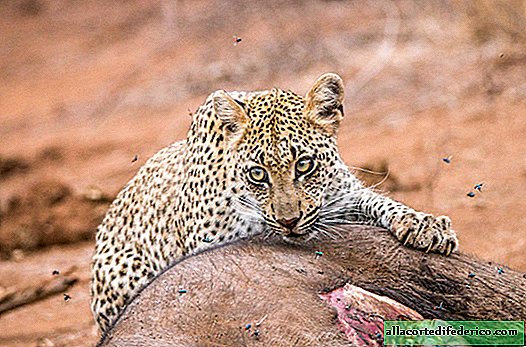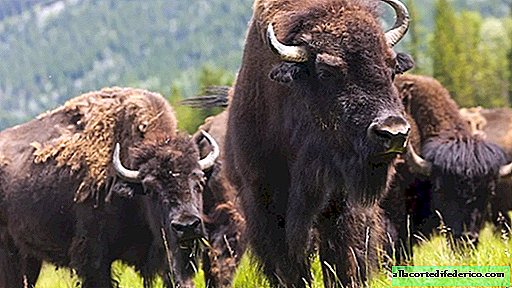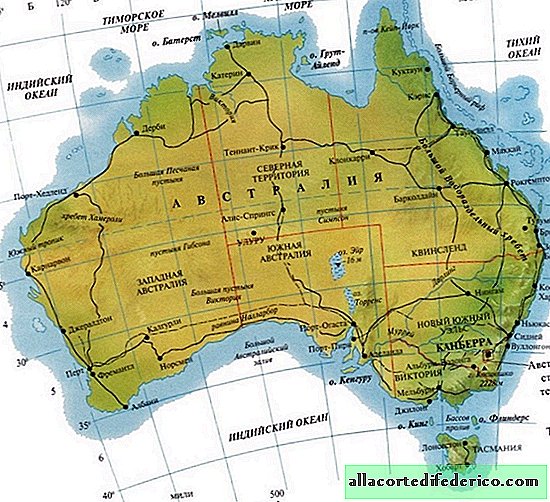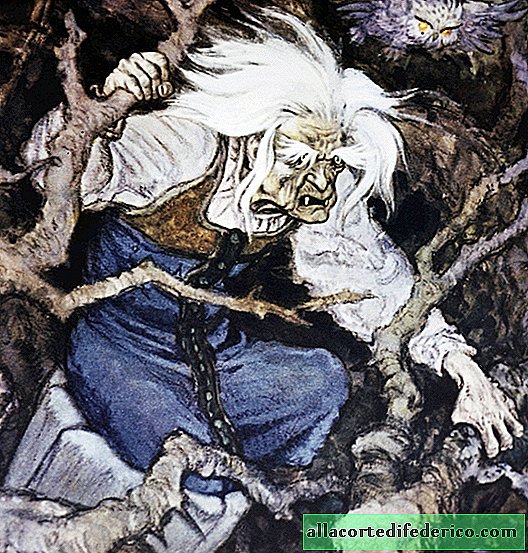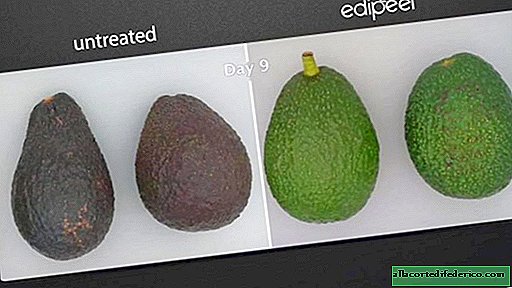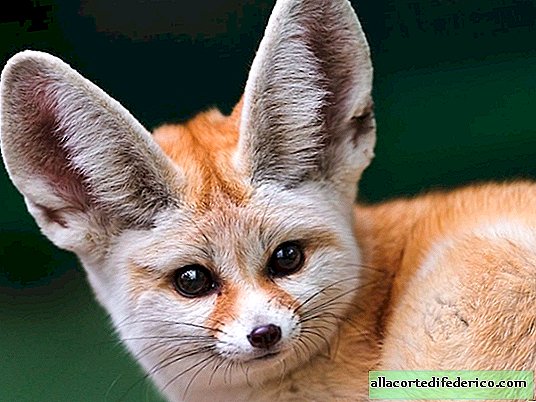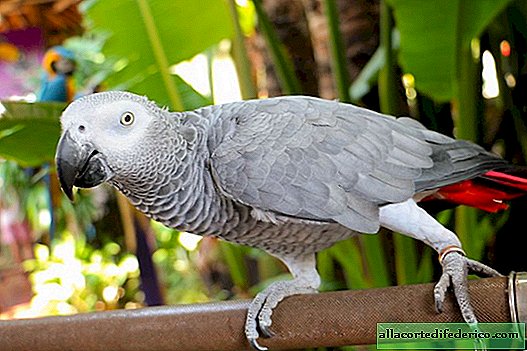Not only in Siberia: what other pine trees give tasty, edible nuts, and where do they grow
Pine nuts are a traditional food product in Russia, especially in Siberia. They are tasty, nutritious and very healthy. Our pine nuts are exported to Europe, China and other regions of the world, where they are perceived as one of the symbols of our country. But, it turns out, there are nuts very similar in their properties, and we will talk about which trees give them in our material.
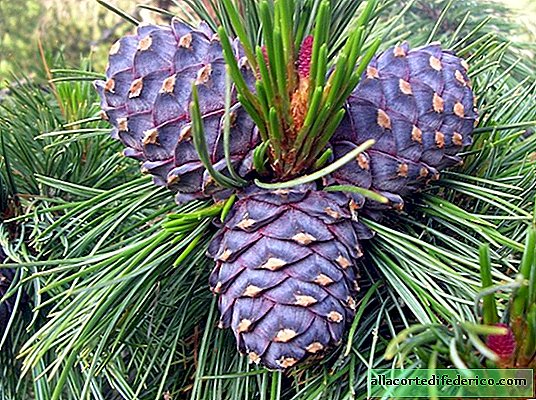 Siberian pine cones
Siberian pine conesOur usual pine nuts are the fruits of a tree called Siberian pine pine, lat. Pinus sibirica from the genus Pine. Another name for the tree is Siberian cedar, although from a botanical point of view, it refers specifically to the genus pine, but the cedar has no relation to the genus. Seeds of this species are very useful, and they have long been eaten. Pine nuts are rich in trace elements such as iodine, cobalt, copper, zinc, manganese, contain essential amino acids and valuable oil.
In addition to Siberian pine, in the genus pine there are other trees that produce tasty, nutritious seeds that people eat. The seeds of these conifers are often called pine nuts.
European pine (lat.Pinus cembra)

European pine, or European cedar, grows in the central regions of Europe and looks very much like our Siberian pine. Its cones are slightly smaller than the usual cedar trees, but they also have rather large seeds.
Cedar elfin (Latin Pinus pumila)

This is a surprisingly unpretentious plant, which occupies vast areas in the north-east of Eurasia, where it is very cold and other types of trees often do not survive. Thickets of cedar dwarf are found in Yakutia, Chukotka and Kamchatka, as well as in the mountains in many other regions. Cedar dwarf gives tasty and very healthy nuts, which are consumed fresh, and also used to make butter.
Korean cedar (lat.Pinus koraiensis)

Korean cedar, or Korean pine, grows in the Russian Far East, in the northeast of China, in Japan and Korea. This is a very valuable and productive crop, but in recent years, unfortunately, the number of Korean cedar in Russia has been declining. Its nuts, like pine nuts, are consumed fresh and used to make butter.
Pine pine (lat.Pinus pinea)

Pine pine, or Italian pine, grows in southern Europe, on the Mediterranean coast, most often found in Spain and Portugal. Its seeds are very popular among Europeans, and are widely used in cooking. The sizes of nuts are the largest among all representatives of the genus pine.
Gerard Pine (lat.Pinus gerardiana)

Gerard's pine, or Gerard's pine, grows in the Himalayas, and its large seeds are eaten by residents of Afghanistan, northern India and Pakistan. The nuts of this pine are very large and rich in nutrients.
Colorado pine (lat.Pinus edulis)

North Americans also have their own pine nuts. Here, on the west coast of the continent, Colorado pine grows, large seeds of which are also eaten. Americans love to add fried seeds of this kind to various confectionery products.

